
- This is PANASIA
- Business locations
- ESG Management
- History
- Smart PANASIA
 About
About
Check PANASIA introduction,
ESG management, and History
information
- Energy Solutions
- Air Solutions
- Water Solutions
 Eco-friendly Solution
Eco-friendly Solution
About Global environmental
regulation, Hydrogen business,
Air quality, and Water quality
environment solutions
- Product Service
- Service Network
- Customer Service
 Customer Support
Customer Support
Check the Panasia’s
after service
- About
- Eco-friendly Solution
- Customer Support
- Media
Energy Solutions
- Eco-friendly Solution
- Energy Solutions
- Carbon Capture Storage system(CCS)
Go to
Catalog

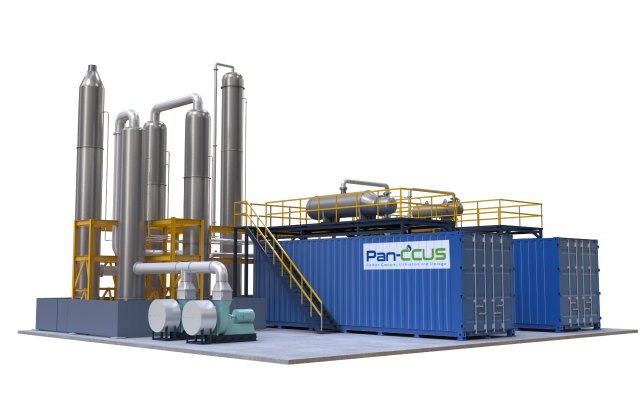

Carbon Capture Storage
system
(CCS)
Product Information
Pan-CCS™ (Carbon Capture and Storage System)
is a device for isolating carbon dioxide from the
atmosphere, which is emitted from large emission
sources such as power plants, steel and cement
factories, and ships due to the use of fossil fuels.
Air pollution caused by carbon dioxide generated from the use of
fossil fuels in industries is serious, so many efforts are being made
to reduce greenhouse gases both domestically and abroad.
Applications

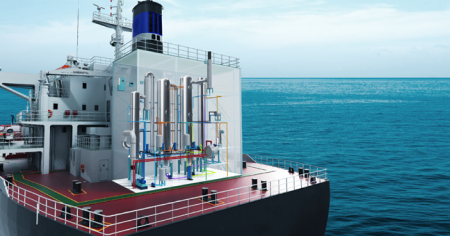 For Ship
For Ship
Capacity : 1 / 2 / 3 CO2 ton/h ~
Purity : 99.9% CO2
feature : Changing concentration of CO2
Space limitation
CCS for marine condition
Load change of engine


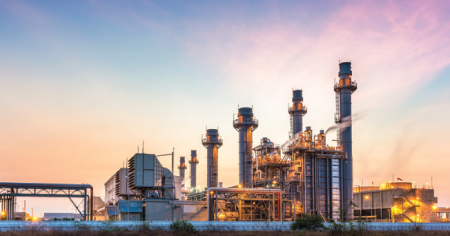 For Industrial Plant
For Industrial Plant
Capacity : 5 / 10 /15 CO2 ton/h ~
Purity : 99.9% CO2
feature : Large scale of CCS
Long-term Stability
Cost efficient
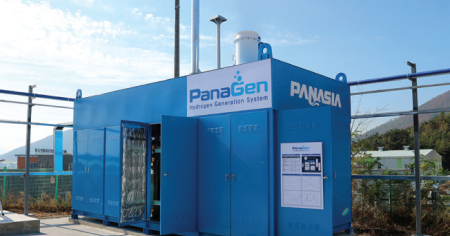 For Hydrogen Generation System
For Hydrogen Generation System
Capacity : 80 / 200 / 400 CO2 kg/h
Purity : 99.9% CO2
feature : High concentration of CO2
Modular design
High purity of CO2

Offshore carbon capture/storage system

Offshore regulations
- New & Current Ships EEDI
- Target index to reduce CO2 emissions per average transport work by N% by N years compared to 2008
- It refers to the amount of CO2 emitted when a ship transports 1 ton of cargo for 1 nautical mile.
- When a ship is built, the EEDI must be calculated to meet the phase reduction rate for each year.


- Carbon Intensity Rating System
- The Carbon Intensity Rating is for international sailing ships of 5,000 GT or more.
- Carbon intensity indicator (CII) means a value quantifying the efficiency of a ship based on ship operation data.
- Ratings from A to E are given according to the degree of improvement in the annual CII achievement compared to the annual CII requirement.


Alternatives to offshore
regulations
-
EEDI
ESD (Energy Saving Device)
Air Lubrication System (ALS)
Wind Assisted Ship Propulsion (WASP)
Eco-Friendly Alternative Fuel Ship
CCS (Carbon Capture and Storage System)
-
EEXI
Shaft/Engine Power Limit
ESD (Energy Saving Device)
Conversion to green fuel (almost impossible due to engine replacement required)
CCS (Carbon Capture and Storage System)
PANASIA’s offshore
carbon-neutral solution


Onshore carbon capture/storage system

Onshore regulations
In order for Korea to achieve the goals set forth in the Paris Agreement, it was argued that
technological
development as well as the overhaul of the law, institution, and implementation system were
urgently needed.
As a follow-up measure, the implementation organization of the emission trading system (offset
system)
promotion system, which had been in effect since 2015, was reorganized.
In the greenhouse gas emissions trading system, the government assigns greenhouse gas emission rights on a yearly basis to businesses that emit greenhouse gases so that they can emit greenhouse gases within the allocated range, evaluates the actual greenhouse gas emissions of these allocated businesses, and allows transactions between businesses for emission rights.
-

Concept of emission trading system
-
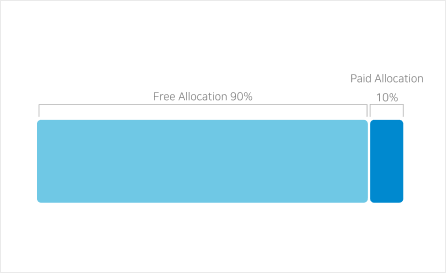
Allocation of carbon emissions
for
the 3rd plan period (2021-2025)
- Strict limits on emissions
- The government sets clear greenhouse gas reduction targets
and allocates emission allowances to each economic entity
participating in the emission trading system. - It provides a predictable emission path by accounting for gradually
decreasing total emission allowances, thereby sending a long-term
market signal to companies and investors.
*Korea's carbon credit trading system has been in effect since January 1, 2015 in accordance with the “Act on Allocation and Trading of Greenhouse Gas Emission Permits” (May 2012), which was enacted pursuant to the Article 46 of the “Framework Act on Low Carbon, Green Growth (January 2010)”
Alternatives to on-shore regulations
-
01
Trading of carbon credits
-
02
Transition to green fueled power plants
-
03
Installation of CCS (Carbon Capture and Storage System)
PANASIA's on-shore carbon neutral solution

Research facility & technology development
CSS Test Barge Facility
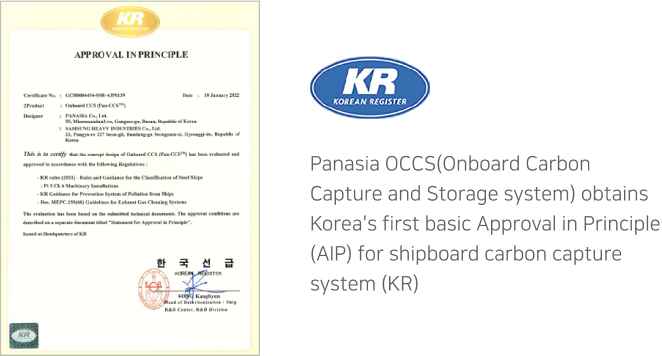

Panasia OCCS(Onboard Carbon Capture and Storage system) obtains Korea's first basic Approval in Principle (AIP) for shipboard carbon capture system (KR)

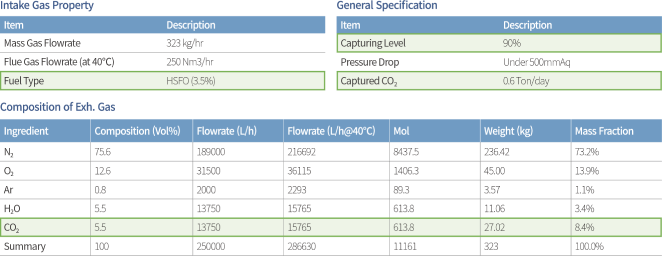
Development of proprietary catalyst production technology
Optimized Solvent Development
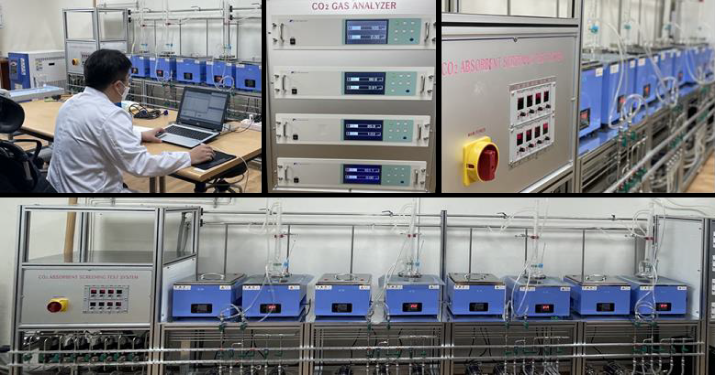
- Solvent optimized for ships
- Efficiency improvements such as renewable heat,
corrosion resistance, etc. - Efficiency improvements such as reusable thermal
energy and corrosion resistance - Cost savings









